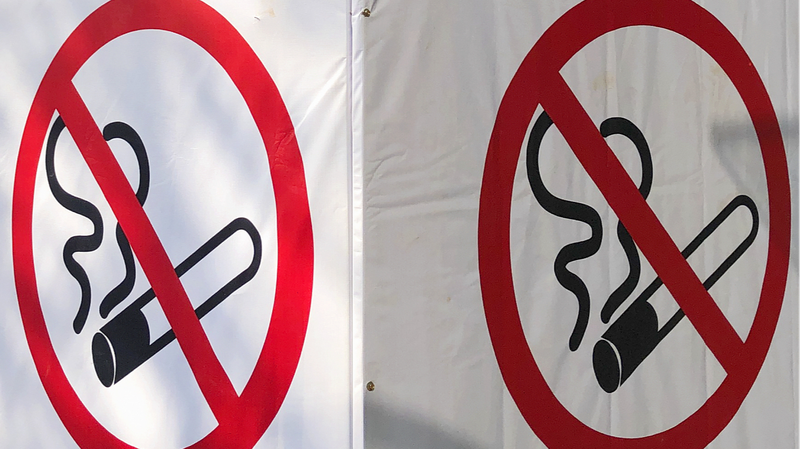Beijing, China — China’s battle against smoking has reached new heights as 44 cities introduced or revised smoking regulations in 2023, bringing the total number of cities with such rules to 254 nationwide, according to the National Health Commission (NHC).
At the provincial level, 24 regions have implemented smoking regulations, significantly increasing the proportion of the population protected by comprehensive smoke-free policies. Experts from the NHC highlight that these efforts are vital in promoting public health and reducing smoking-related diseases.
The latest data was unveiled at a ceremony in Beijing marking the inauguration of a committee led by medical institutions dedicated to tobacco control and health enhancement. The event also featured a seminar focused on advancing smoking cessation initiatives.
“Controlling tobacco use through prevention and promoting cessation is crucial for both population-wide disease prevention and individual healthcare,” said Wang Lu, a health expert from the NHC. “These measures are essential steps toward building a healthier China.”
China ratified the World Health Organization Framework Convention on Tobacco Control in 2005, enforcing it the following year. In a 2016 national health plan, the country committed to intensifying tobacco control through pricing, taxation, and legislation, aiming to actively promote smoke-free environments and strengthen supervision and law enforcement in public places.
The plan sets an ambitious goal: reduce the nationwide smoking rate among individuals aged 15 and above to 20 percent by 2030. Recent legislative efforts by local authorities are paving the way toward this target.
Major cities like Beijing and Shenzhen have enacted stringent smoking bans. In Beijing, smoking is prohibited in public places, indoor workplaces, and outdoor queues. Shenzhen extends the ban to indoor workplaces, indoor public places, public transportation vehicles, and outdoor areas in schools, parks, and medical institutions.
Shanghai’s relentless anti-smoking efforts have yielded positive results, reducing the adult smoking rate to 19.4 percent. Nationwide, the smoking rate among individuals aged 15 and above stood at 24.1 percent in 2022, a 1.7 percentage point decrease compared to 2020.
NHC official Wu Xiangtian emphasized the importance of creating smoke-free environments and integrating health communication into disease treatment to assist patients in adopting healthier lifestyles. Concurrently, China plans to intensify scientific research into the epidemiology and clinical treatment of tobacco dependence.
As China continues its comprehensive push against smoking, these collective efforts signify a commitment to improving public health and achieving the nation’s long-term health objectives.
Reference(s):
China intensifies smoking regulations with more cities clamping down
cgtn.com








